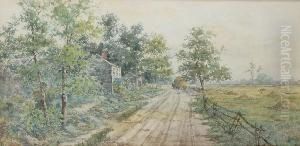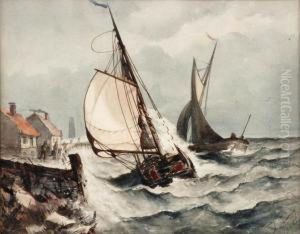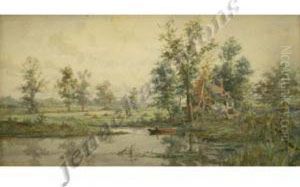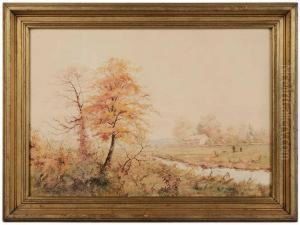Adrien Aime Taunay Paintings
Adrien Aimé Taunay the Younger was a French artist born on November 25, 1803, in Paris, France. He was part of a lineage of artists, being the son of Nicolas-Antoine Taunay, a well-known painter of the time. Despite his relatively short life, Taunay left behind a significant legacy, particularly through his works that captured the landscapes and peoples of South America. His journey to Brazil, as part of the French Artistic Mission, marked a crucial chapter in his career and in the cultural exchange between France and Brazil.
In 1816, the French Artistic Mission aimed to promote cultural and artistic development in Brazil, which had recently declared its independence from Portugal. Taunay, along with other artists and craftsmen, was invited to Rio de Janeiro to help establish an art academy, which would later become the Imperial Academy of Fine Arts. His role in this mission allowed him to travel extensively within Brazil, capturing the country's landscapes, indigenous peoples, and colonial life through his paintings and drawings.
Adrien Aimé Taunay’s works are characterized by their detailed depiction of natural landscapes and ethnographic subjects. He documented his travels and observations in sketches and watercolors, which are valuable records of early 19th-century Brazil. However, his promising career was tragically cut short when he drowned in the Guaporé River during an expedition in the Mato Grosso region in 1828, at the age of 24. Despite his early death, Taunay's contributions to Brazilian art and his role in the French Artistic Mission have left an enduring legacy, making him a significant figure in the history of South American art.






